Filter by

The News at the Ends of the Earth
From Sir John Franklin's doomed 1845 search for the Northwest Passage to early twentieth-century sprints to the South Pole, polar expeditions produced an extravagant archive of documents that are as varied as they are engaging. As the polar ice sheets melt, fragments of this archive are newly emergent. In The News at the Ends of the Earth Hester Blum examines the rich, offbeat collection of pri…
- Edition
- -
- ISBN/ISSN
- 9781478003229
- Collation
- -
- Series Title
- -
- Call Number
- -
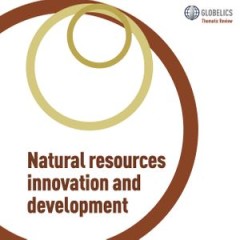
Natural resources, innovation and development
In this Globelics Thematic Review, the author team presents and discusses recent research on the relationships between natural resources, innovation and development, and suggests some implications of this body of knowledge for policy makers. The Review sets out to explore three interlinked questions with a particular focus on innovation and industry dynamics. First, to what extent is it current…
- Edition
- -
- ISBN/ISSN
- 9788771123678
- Collation
- -
- Series Title
- -
- Call Number
- -
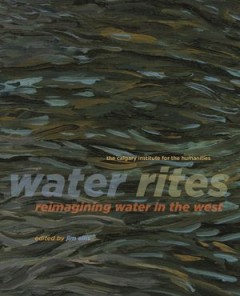
Water Rites Reimagining Water in the West
What are the challenges surrounding water in Western Canada? What are our rights to water? Does water itself have rights? Water Rites: Reimagining Water in the West documents the many ways that water flows through our lives, connecting the humans, animals, and plants that all depend on this precious and endangered resource. Essays from scholars, activists, environmentalists, and human rights ad…
- Edition
- -
- ISBN/ISSN
- 9781552389980
- Collation
- -
- Series Title
- -
- Call Number
- -
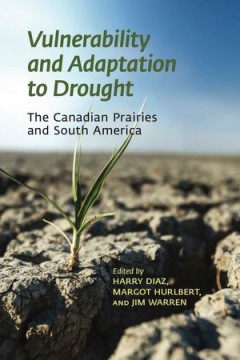
Vulnerability and Adaptation to Drought The Canadian Prairies and South America
Although there is considerable historical literature describing the social and economic impact of drought on the prairies in the 1930s, little has been written about the challenges presented by drought in more contemporary times. The drought of 2001-02 was, for example, the most recent large-area, intense, and prolonged drought in Canada and one of Canada’s most costly natural disasters in a …
- Edition
- -
- ISBN/ISSN
- 9781552388204
- Collation
- -
- Series Title
- -
- Call Number
- -
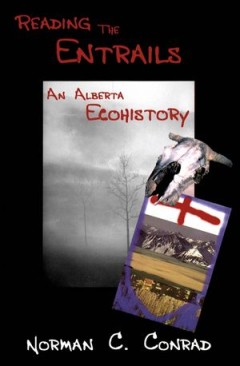
Reading the Entrails An Alberta Ecohistory
Before the fall of Imperial Rome, priests cast the guts of sacrificial animals on the temple floor, claiming to be able to divine the future from these entrails. By probing the remains of Alberta’s past sacrifices (reading the entrails), the author believes we might dimly see an apparition of Alberta’s future. This controversial book vividly portrays the history of land and life in Alberta …
- Edition
- -
- ISBN/ISSN
- 9781552386712
- Collation
- -
- Series Title
- -
- Call Number
- -
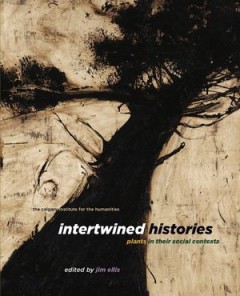
Intertwined Histories Plants in Their Social Contexts
How do we understand the boundaries of individual creatures? What are the systems of interdependency that bind all living creatures together? Plants were among the the first to colonize the planet. They created the soil and the atmosphere that made life possible for animals. They are some of the largest and oldest life forms on Earth. In spite of their primacy, Western cultures have traditional…
- Edition
- -
- ISBN/ISSN
- 9781773850917
- Collation
- -
- Series Title
- -
- Call Number
- -
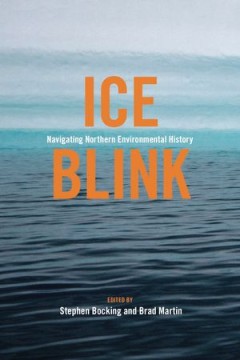
Ice Blink Navigating Northern Environmental History
Northern Canada’s distinctive landscapes, its complex social relations and the contested place of the North in contemporary political, military, scientific and economic affairs have fueled recent scholarly discussion. At the same time, both the media and the wider public have shown increasing interest in the region. This timely volume extends our understanding of the environmental history of …
- Edition
- -
- ISBN/ISSN
- 9781552388556
- Collation
- -
- Series Title
- -
- Call Number
- -

Environmental Activism on the Ground
Environmental Activism on the Ground draws upon a wide range of interdisciplinary scholarship to examine small scale, local environmental activism, paying particular attention to Indigenous experiences. It illuminates the questions that are central to the ongoing evolution of the environmental movement while reappraising the history and character of late twentieth and early twenty-first environ…
- Edition
- -
- ISBN/ISSN
- 9781773850054
- Collation
- -
- Series Title
- -
- Call Number
- -
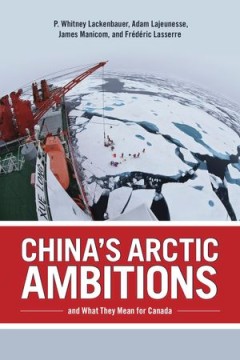
China's Arctic Ambitions and What They Mean for Canada
China’s Arctic Ambitions and What They Mean for Canada is one of the first in-depth studies of China’s increasing interest in the Arctic. It offers a holistic approach to understanding Chinese motivations and the potential impacts of greater Chinese presence in the circumpolar region, exploring resource development, shipping, scientific research, governance, and security. Drawing on extensi…
- Edition
- -
- ISBN/ISSN
- 9781552389027
- Collation
- -
- Series Title
- -
- Call Number
- -
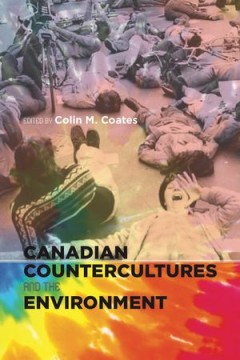
Canadian Countercultures and the Environment
Studies of the radical environmental politics of the 1960s have tended to downplay the extent to which much of that countercultural intellectual and social ferment continued into the 1970s and 1980s. Canadian Countercultures and the Environment adds to our knowledge of this understudied period. This collection contributes a sustained analysis of the beginning of major environmental debates in t…
- Edition
- -
- ISBN/ISSN
- 9781552388150
- Collation
- -
- Series Title
- -
- Call Number
- -
 Computer Science, Information & General Works
Computer Science, Information & General Works  Philosophy & Psychology
Philosophy & Psychology  Religion
Religion  Social Sciences
Social Sciences  Language
Language  Pure Science
Pure Science  Applied Sciences
Applied Sciences  Art & Recreation
Art & Recreation  Literature
Literature  History & Geography
History & Geography